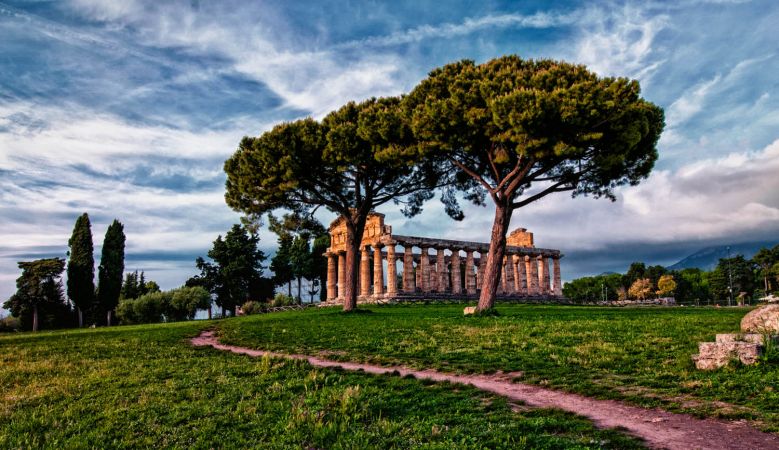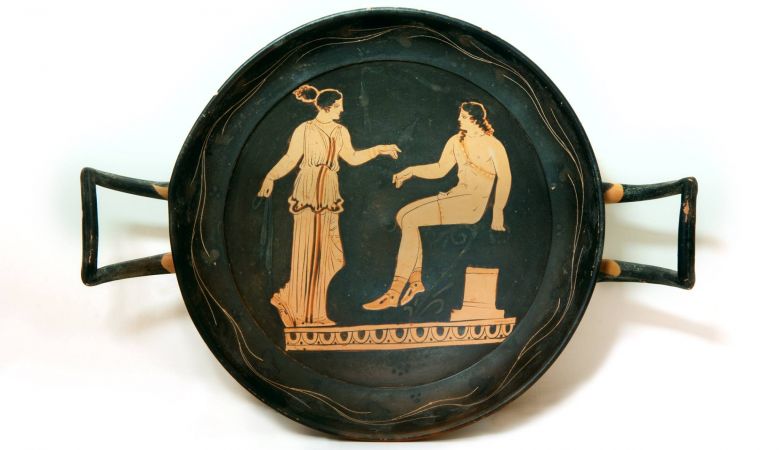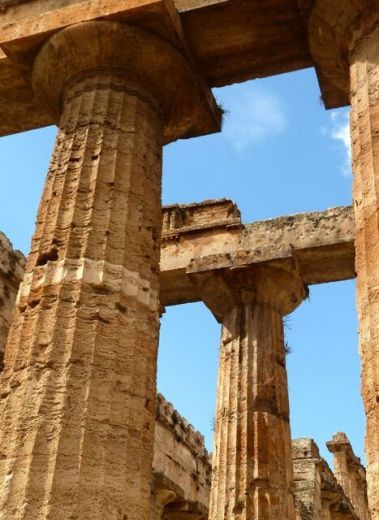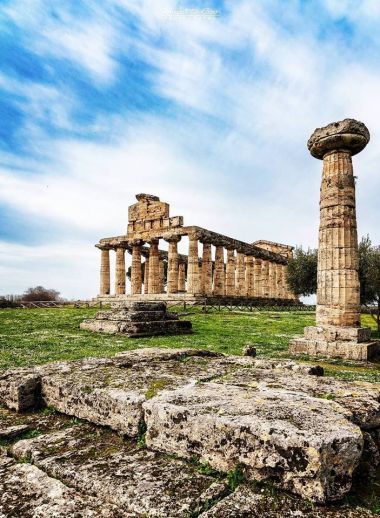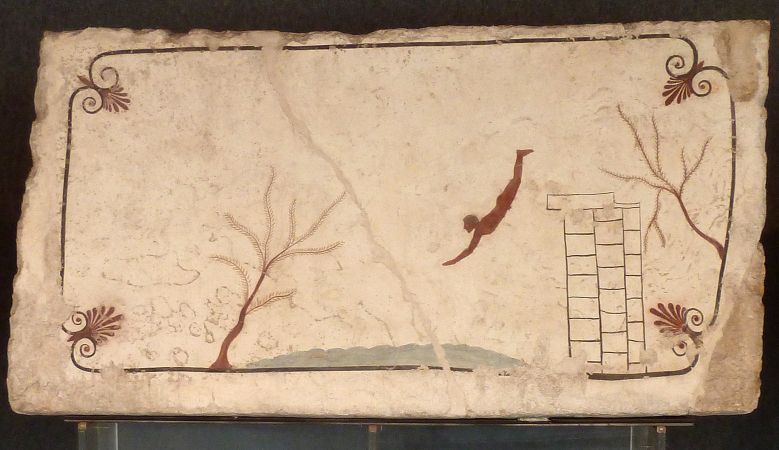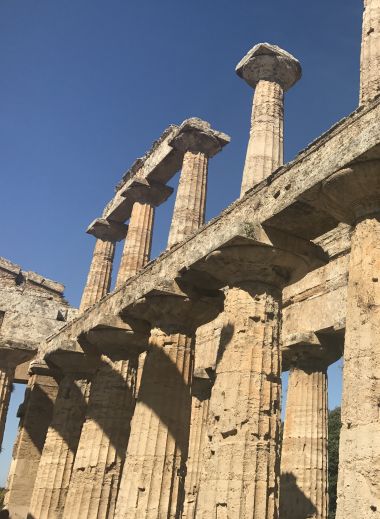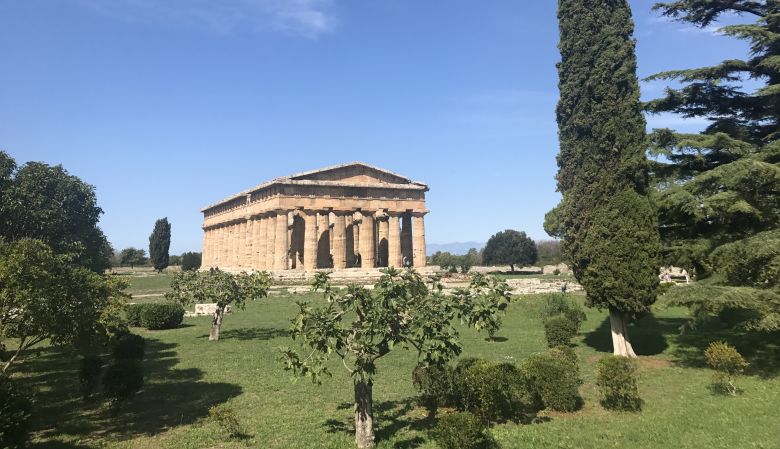JOIN the AFICIONADOS
Get the insider news and lowdown on what we've been up to, where we've been, and who we've met along the way. Be the first to discover new places and get the scoop on our favourites.
Paestum is one of those ancient antiquities that you have to visit – once called Poseidonia after the goddess, this UNESCO World Heritage Site in Cilento | Capaccio is a treasure trove of ancient Greece – including three of the world’s best-preserved temples, a museum curation of millennia-old frescoes, ceramics and rare artefacts. Among these is the iconic Tomba del Truffatore (Tomb of the Diver) funerary fresco.
We are in the Campania region of Southern Italy in the wondrous Cilento – home to national parks, endless beaches, fabulous organic food and ancient heritage – and all without the tourist masses.
Culture abound we opted for an afternoon in Paestum-Capaccio which dates back in time to the 6th century, a slice of Magna Graecia with three ancient Greek temples in the Doric order dating from 600 to 450BC. Paestum is magical - a once thriving Greek city originally named after the sea god Poseidon, it came under roman rule in 273 BC. As the Roman Empire began to crumble, Paestum slowly fell from history being hit by Malaria, pillaging and savage raids. Paestum lay abandoned.
Fast forward to the late 18th century and the site was rediscovered, and in fact it was not until 1950’s that the whole treasure was revealed to the world again in its entirety.
Knowing what to see first should not be a problem and neither knowing where to point the cam - just train your eyes along the vast colonnades that reach up in the three key Greek temples; the 6th century Tempio di Cerere; originally dedicated to Athena - The Tempio di Nettuno, dating from about 450 BC, is the largest and best preserved of the three temples at Paestum; only parts of its inside walls and roof are missing. Despite its commonly used name, many scholars believe that temple was actually dedicated to the Greek goddess Hera, sister and wife of Greek god Zeus. Finally, Basilica (in fact, a temple to the goddess Hera) is Paestum’s oldest surviving monument. Dating from the middle of the 6th century BC, it’s a magnificent sight, with nine columns across and 18 along the sides.
Stroll around the grounds - Surround these monuments are the remains of the Roman city; villas with mosaic flooring, worker houses, shops, amphitheatre and the impluvium that served to collect rain water. Pop into the Museum facing the east side of the ruins, the Museo di Paestum houses a collection of much-weathered metopes (bas-relief friezes). Among these are originals from the Tempio di Argiva Hera (Temple of Argive Hera), 9km north of Paestum, of which virtually nothing else remains. The most famous of the museum's numerous frescoes is the 5th-century-BC Tomba del Tuffatore (Tomb of the Diver), thought to represent the passage from life to death with its frescoed depiction of a diver in mid-air.
Culture hunting is hungry work - Pick up some delicious food from the local farms, not forgetting Mozzarella di Bufala from nearby Tenuta Vannulo Organic farm and bottle of the good stuff (we loved Pini di Stio from local producers San Salvatore) and spend an afternoon here wrapped in cutlure and just wonder out at this Unesco World Heritage site, Paestum.
Finish off the afternoon with an hour on the beach just up the road and a perfect place to dip into the sea with Poseidon!.
